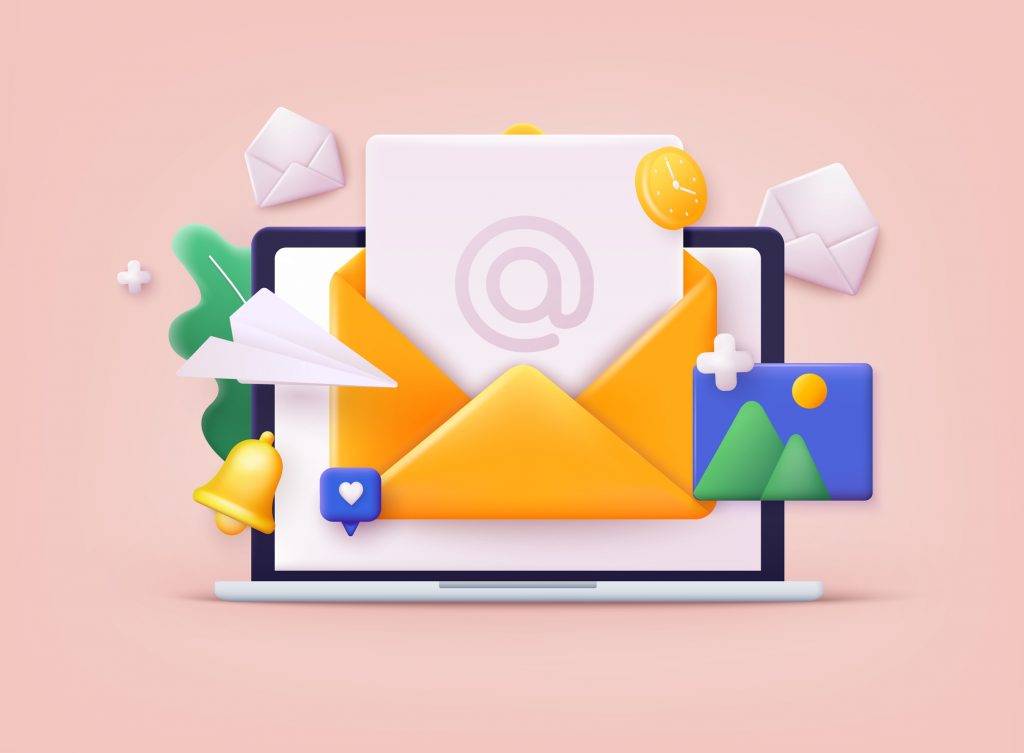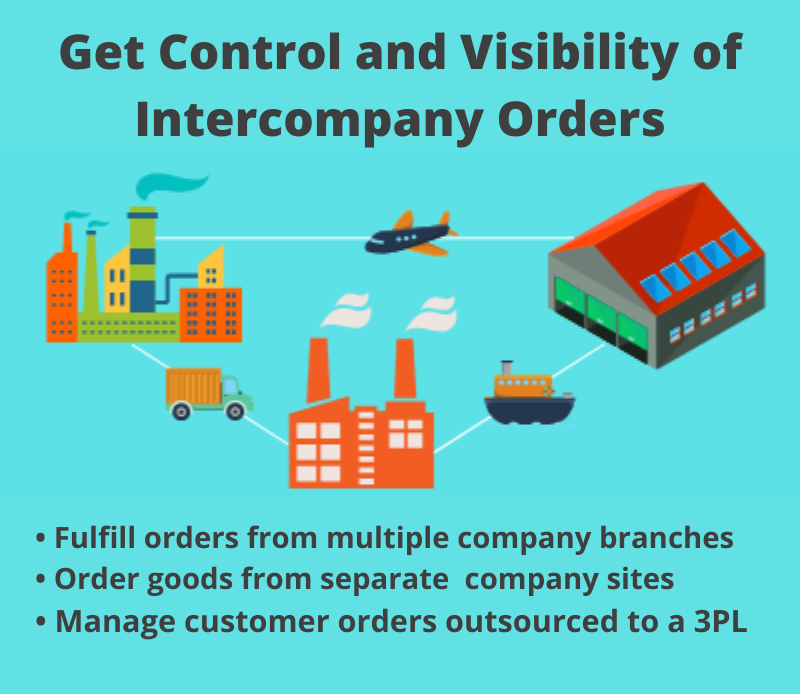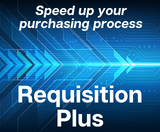
If you are new to sending your invoices by email, here are some best practices for content, form, and ways to avoid your emails from being flagged as spam.
What Should Your Invoice Email Say?
First, here are some tips for what to include in your emails that are delivering invoices.
- Include your invoice as an attachment. Doing so helps your customers easily save, print, or upload it to their accounting software.
- Include the essential information in the subject line. When your subject line includes both the due date and invoice number, your customers will find it easier to identify your invoice in their mailbox.
- Keep your message simple. Use simple language and avoid wordiness. You can be friendly in your greeting and email signature, of course. But make sure the Invoice information is the easiest to find.
- Personalize your email. Use your customer’s name in your greeting. Use an employee’s name in the signature at the end of the email. Personalization goes a long way to show that you care about their business and makes the communication less transactional.
Keeping Your Invoices Out of Spam Folders
If any of your customers aren’t receiving your invoice emails, it is probably because the emails end up in their spam folders.
The recipient’s server settings and spam filters often cause email messages to get flagged as spam. Ultimately, you cannot control your customer’s system or how it labels an email as spam or junk. However, there are things you can do that will significantly increase your chances of your customer receiving your invoice emails.
- Enable your Email Authentication. Email authentication helps stop spam from coming from your email address. A common tactic of spammers is to spoof emails sent from your domain which can cause you to get blacklisted.
- Ask your customers to whitelist your domain.
- Examine your email bounces. Examine why emails are bouncing back to you. Check to make sure you are not being listed on a service. If you are, you can remove yourself from a list by contacting the authority that has blocked you to find out why your emails are blocked.
- Keep your email size to a minimum. It is recommended that the file size should be between 50-70kb in size, but should not be more than 125kb. Invoices should include only essential information, without a lot of images.
In addition to these steps above, there are some email content rules that, when followed, can significantly reduce your email’s chances of ending up in spam.
- Don’t use all caps in your email or especially in your subject line.
- Don’t use exclamation points!!!!!
- Don’t use video, Flash, or JavaScript within your email.
- Don’t embed forms in your emails. Due to security risks, most email clients don’t support forms. Instead, link to a landing page with the form in the body of your email.
- Don’t use spam trigger words. (Here’s more about trigger words.)
If you aren’t delivering your invoices through email and would like to get started—or simplify your process—check our Auto Invoice solution. This solution works with QAD to automate invoicing, which speeds up your process and significantly improves your cash flow.




